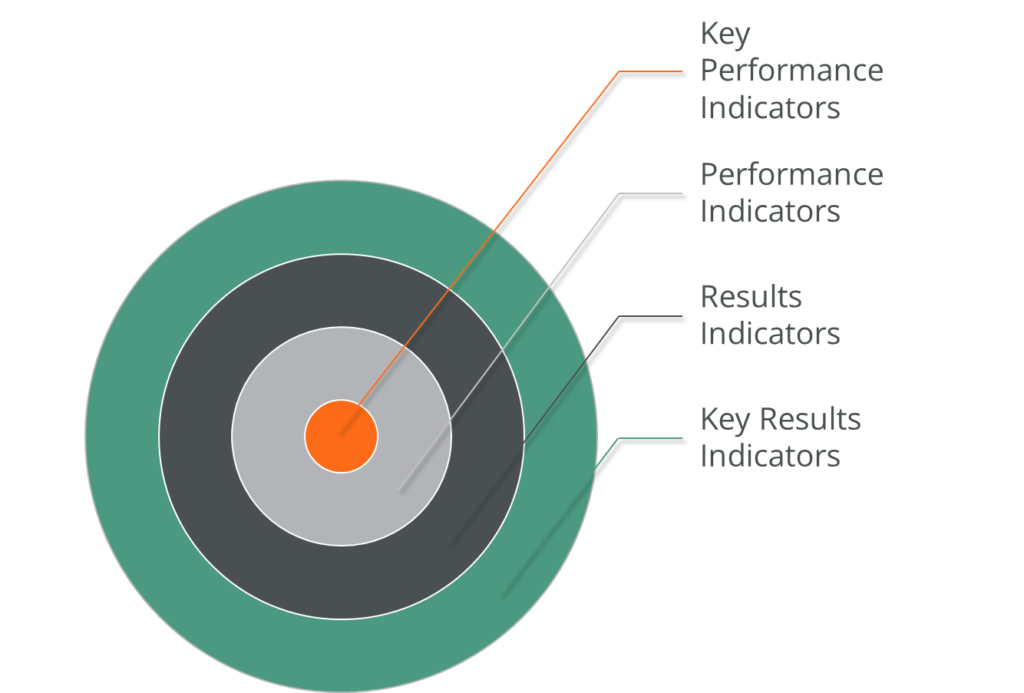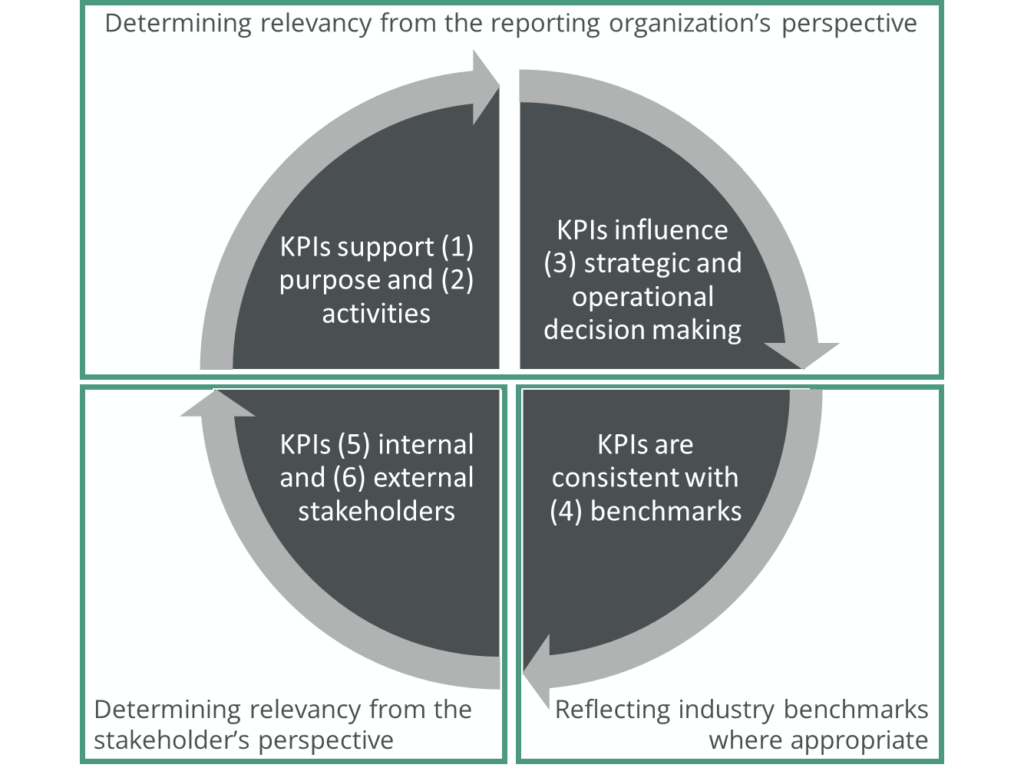Why Measure KPIs in the Public Sector?
Many large organizations struggle with determining and implementing Key Performance Indicators (KPIs). Not all indicators relate to performance and not all performance indicators are “key”. Nonetheless, businesses have the advantage of being able to determine KPIs based on profit or loss. The public sector, however, has no such bottom line.
Government performance management is complex. Many data sources are available to government decision-makers. However, these data sources with their multitudes of measurements may not be relevant to improving government performance in pursuit of policy objectives. Yet, relevant KPIs are fundamental to public accountability.
What are Key Performance Indicators in Government?

KPIs can provide the focus to simplify government decision-making and make sense of the input-output-outcome nature of performance.
Inputs represent budget allocations and spending. Spending results in outputs such as “the number of people served, services provided, or units produced by a program or service. They may sometimes be referred to as activity measures(1). Outcomes are aligned with objectives because input and output measures demonstrate effort expended and numbers served, but reveal little about whether or not these interventions are making a difference(2). Public sector outcomes include infant mortality, high school dropout rates, taxation compliance and citizen services satisfaction. Yet, outcomes are the results of budgets as inputs and outputs as activities.
How do you Measure Good Governance in a Government Organization?
KPIs that align with Critical Success Factors (CSFs) to enable government organizations to determine which outcomes to trace back to budgets – the foundation of good governance. This helps governments to measure the cost to improve results by units of outcomes. Getting staff to focus every day on the organization’s CSFs is the ultimate aim of management(3).
What are KPIs and How Do They Differ From Other Indicators?

There are numerous measurement indicators in performance management systems including Key Result Indicators (KRIs) that measure important outcomes, Result Indicators (RIs) that measure activities, Performance Indicators (PIs) that diagnoses what can be improved and KPIs that measures how performance can be significantly improved.
KPIs differ from other indicators(4):
- Non-financial
- Frequently measured
- Significant to achieving goals
- Relevant to senior management
- Prescribe action
- Tied to teams
- Positive impact on public servants to improve performance
Therefore, KPIs are not the only indicators that should be measured in the public sector. KPIs have the greatest impact on improving performance.
What are Lag and Lead Indicators?
There is general agreement about KPI concepts except for “lag and lead” indicators. Lag indicators are measured infrequently to show whether targets were met, while lead indicators are more frequently measured to determine how performance can be improved(5). The public sector organizational context determines whether the concepts of lag and lead are relevant.
How to Develop Government KPIs
KPIs can integrate well into modern public sector performance management methodologies like the balanced scorecard. The complexity associated with government performance requires a rigorous approach. Effective government KPIs are developed by determining outcome relevancy, benchmark consistency and stakeholder relevancy.

Governments can use scenarios to determine KPIs that consider:
- Decision-making power
- Plausibility
- Alternatives
- Consistency
- Differentiation
- Memorability
- Challenge
How Many KPIs Should a Government Use?
Public sector organizations could become overwhelmed with measurements. ‘Less in more’ in KPIs. Fewer KPIs provide greater focus.
Expert recommendations (Baroudi, 2014; Parmenter, 2012; Marr, 2008; PwC, 2007) suggest:
- 5 to 8 CSFs
- 4 to 10 organizational KPIs
- 15 to 25 KPIs aggregated among organizational units
- Fewer than 80 performance and reporting measures across all levels of a government organization
Like many management characteristics in government, increased rigour and time spent in KPIs planning has significant long-term benefits. KPIs selected because of easy measurement or lack traceability between outcomes, outputs and inputs results in information noise for decision-makers.
References
Baroudi, R. Key performance indicators: Winning tips and common challenges. EY Performance, May 2014. http://performance.ey.com/wp-content/uploads/downloads/2014/05/EY-Performance-Key-performance-indicators.pdf
Marr, B. Managing and Delivering Performance, How government, public sector and not-for-profit organizations can measure and manage what really matters. Butterworth-Heinemann, 2008. http://www.sciencedirect.com/science/book/9780750687102
Marr, B. Key Performance Indicators For Dummies. Wiley, 2015. http://www.wiley.com/WileyCDA/WileyTitle/productCd-111891323X.html
Niven, P. Balanced Scorecard Step-by-Step for Government Nonprofit Agencies. Wiley, Second Edition, 2008. http://www.wiley.com/WileyCDA/WileyTitle/productCd-0470180021.html
Parmenter, D. Key Performance Indicators for Government and Non Profit Agencies. Wiley, 2012. http://www.wiley.com/WileyCDA/WileyTitle/productCd-1118235304.html
Parmenter, D. Key Performance Indicators: Developing, Implementing, and Using Winning KPIs. Wiley, Third Edition 2015. http://www.wiley.com/WileyCDA/WileyTitle/productCd-1118925106.html
—Guide for Developing Relevant Key Performance Indicators for Public Sector Reporting. Office of the Auditor General of British Columbia, December 10, 2010. http://www.bcauditor.com/sites/default/files/publications/2010/report_10/report/OAGBC_KPI_2010_updated.pdf
–Guide to Key Performance Indicators. PwC, 2007. https://www.pwc.com/gx/en/audit-services/corporate-reporting/assets/pdfs/uk_kpi_guide.pdf
